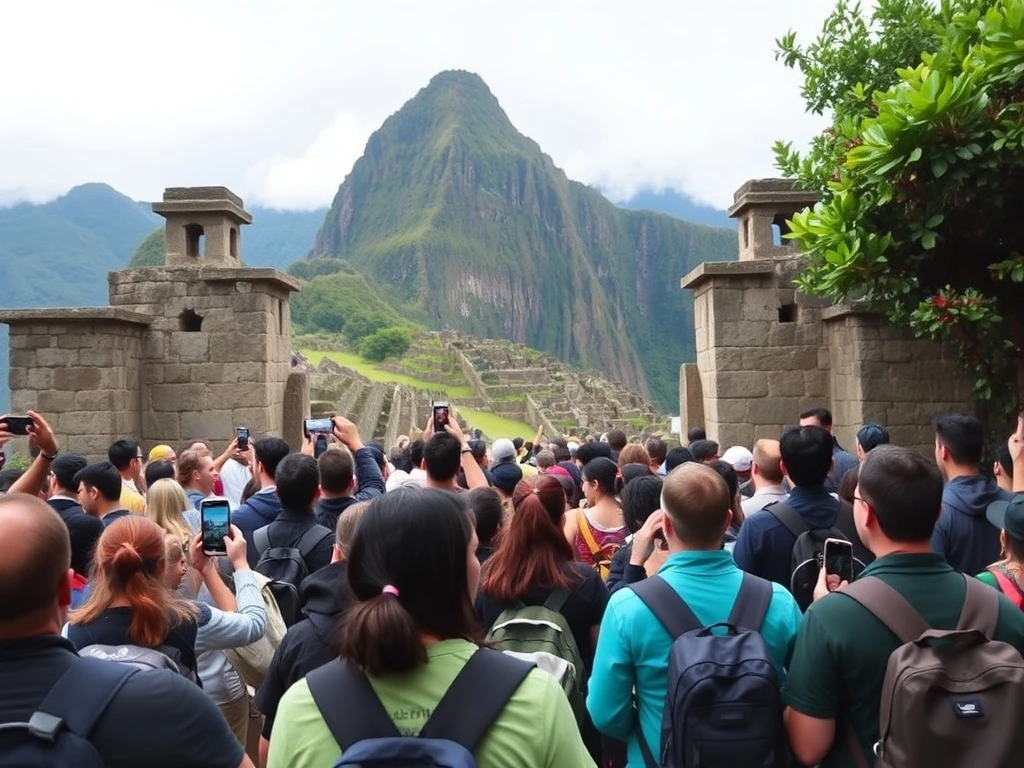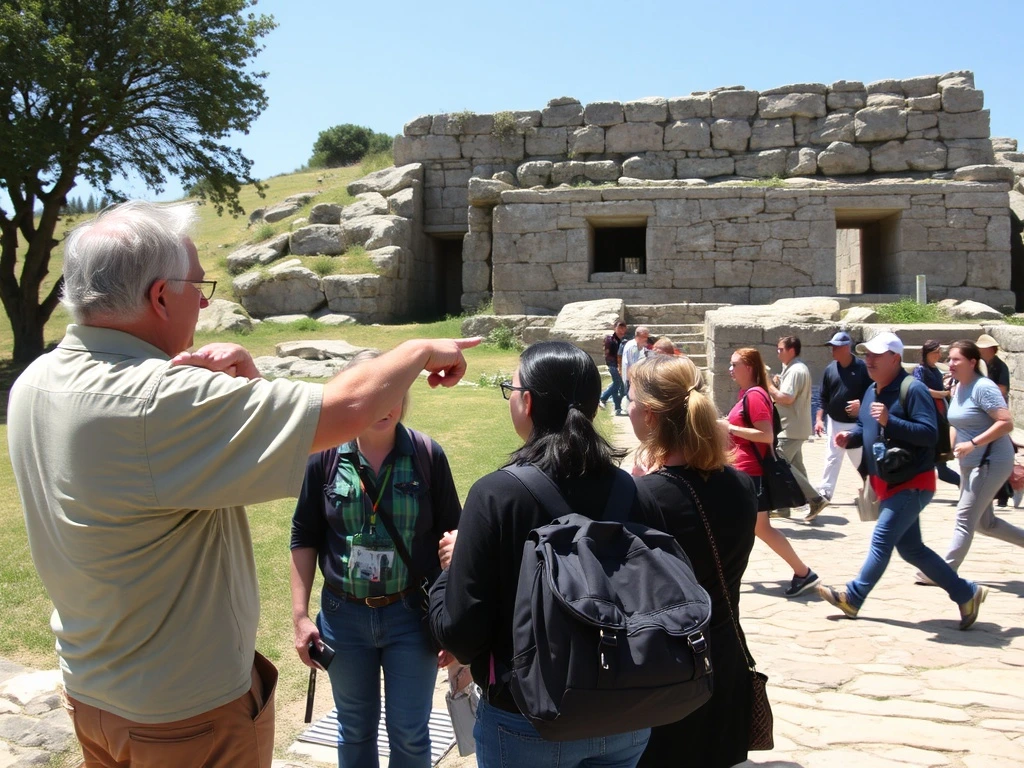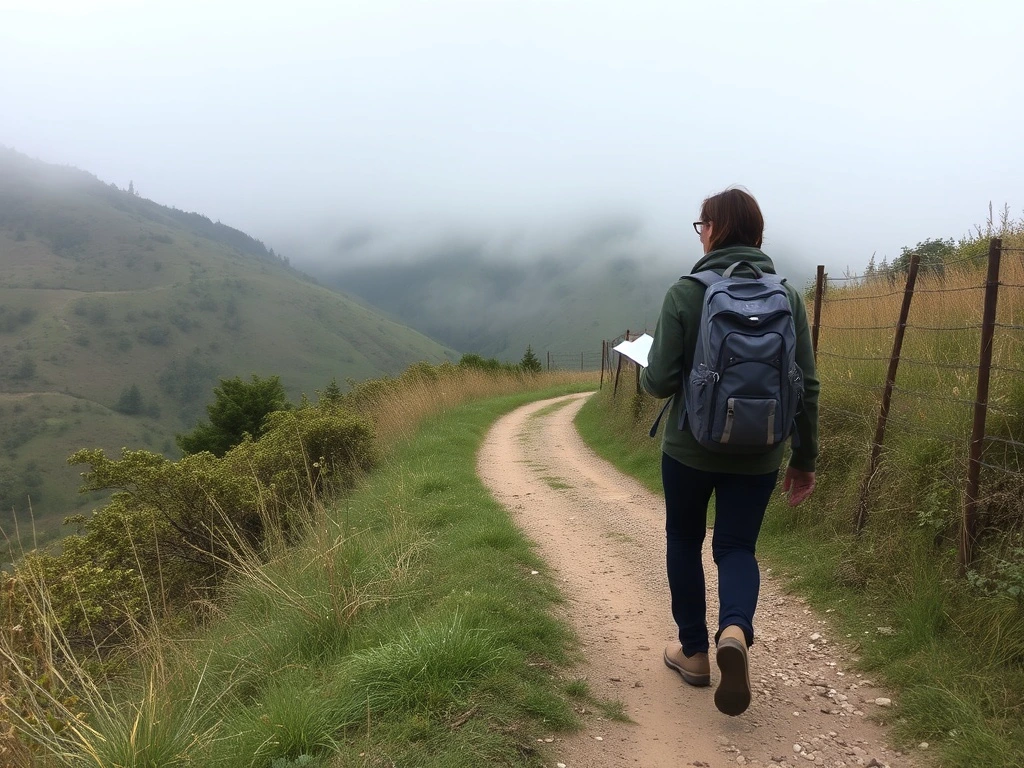Machu Picchu, the legendary Inca citadel perched high in the Andes of Peru, has captured the imagination of millions. Yet in recent years, a growing number of voices online have asked: "Is Machu Picchu just a tourist trap?" It's a bold question—and one that deserves a closer look, especially for luxury travelers seeking authentic, meaningful experiences. Let's cut through the noise and explore the reality of Machu Picchu in 2025: the myths, the magic, and what discerning travelers should truly expect.
Why the “Tourist Trap” Label Exists
| The Concerns: Crowds, Regulations, and Social Media Overload |
The idea that Machu Picchu has become a “tourist trap” often stems from three common frustrations: overcrowding, ticket limitations, and an overwhelming social media presence that can paint an overly commercialized picture.
|
Misconceptions vs. Reality
| What Travelers Complain About—And What They Overlook |
While some travelers feel underwhelmed due to poor planning or unrealistic expectations, others describe their visit as life-changing. The difference? How the journey is crafted. Cookie-cutter tours often lead to disappointment, while personalized, curated experiences reveal Machu Picchu’s true grandeur.
This is why many travelers choose to partner with seasoned operators who specialize in elevating each detail of the journey—ensuring comfort, exclusivity, and authenticity at every step. |
How to Avoid the Tourist Trap Feeling
| Luxury Travel, Elevated Experiences, and Smart Timing |
The best way to avoid disappointment is to avoid doing it all on your own. A custom-tailored itinerary with premium touches—such as sunrise entry tickets, intimate Sacred Valley stays, and gourmet Andean picnics—offers an entirely different version of the iconic site.
With proper planning, Machu Picchu reveals its spiritual beauty and historical depth—an experience worthy of every discerning traveler’s bucket list. |
What Most Tourists Miss at Machu PicchuMachu Picchu is one of the world’s most iconic destinations—but many travelers leave without ever truly experiencing its essence. Why? Because so many visit in a rush, barely scratching the surface of what this ancient marvel and its surroundings have to offer. Beneath the Instagrammable moments lies a deeper story, one that only reveals itself to those who slow down, plan wisely, and approach the journey with intention. |
The Rushed Tourist Trap: A Common Pitfall
| Why Many Travelers Leave Disappointed |
The typical Machu Picchu visit follows a predictable pattern: wake up before dawn, endure a long transfer from Cusco, rush through the site in under two hours, and head back the same day. This fast-track approach may check the box—but it misses the heart.
The true Machu Picchu experience isn’t found in a quick glance—it’s revealed through immersion, pacing, and purpose. |
The Sacred Valley: The Missing Puzzle Piece
| Why Context Matters More Than You Think |
Machu Picchu was not built in isolation. It was the crown jewel of an empire whose heart beats through the Sacred Valley—a region of powerful mountains, ceremonial sites, and vibrant culture that gives essential meaning to the Inca citadel.
When travelers begin their journey in the Sacred Valley and move toward Machu Picchu in harmony with the terrain, the site becomes far more than ruins—it becomes a revelation. |
The Circuits: More Than Just a Map
| Understanding the Layout Unlocks the Experience |
In 2024, Peru introduced a circuit system for Machu Picchu to manage flow and protect the site. But many visitors choose the wrong circuit—or don’t understand their options—and miss the most iconic views and profound corners of the citadel.
Choosing the right circuit requires insight. Thoughtful planning—often guided by travel experts—ensures you walk the path that resonates most with your interests, not just what’s available. |
Discovering the Machu Picchu Most Never See
| Where Luxury and Meaning Meet |
The best Machu Picchu experiences are curated—not improvised. Private guides fluent in Inca history, overnight stays in Sacred Valley hideaways, and exclusive access routes all combine to turn a rushed visit into a transformational journey. Many seasoned travelers quietly rely on local experts who understand not just logistics, but also nuance and emotion. This is what turns a trip into a memory that lingers for life. Machu Picchu isn’t just a bucket-list destination. For those who plan with care and curiosity, it becomes a sacred encounter with the past—and perhaps, even with oneself. |
How to Avoid the Trap: Travel Smart, Not FastIn a world of bucket lists and tight schedules, it's easy to fall into the trap of rushing through iconic destinations like Machu Picchu. But for travelers who crave meaning, beauty, and true connection, the secret isn’t speed—it’s strategy. The key to unlocking Machu Picchu’s full impact lies in slowing down, choosing wisely, and letting the experience unfold with intention. |
Choose the Right Circuit for Depth and Perspective
| Not All Routes Are Created Equal |
Since the implementation of the official circuit system, every visitor to Machu Picchu must choose a designated route. But the decision isn't just logistical—it's experiential. Each circuit offers a different lens on the citadel, and the right choice can elevate your visit from ordinary to extraordinary.
Working with experienced travel planners helps ensure you're booked on the circuit that matches your physical pace, interests, and visual priorities—something far too often overlooked in mass-market tours. |
Embrace the Art of Slow Travel
| Less Rush, More Meaning |
Fast travel skims the surface. Slow travel digs deeper. When visiting a place as layered and sacred as Machu Picchu, taking your time makes all the difference. Slow travel allows for spontaneous moments, thoughtful conversation, and a genuine connection to place.
Smart travelers understand that luxury isn’t just about comfort—it’s about time. And there’s no richer reward than time well spent in the world’s most inspiring places. |
Off-Peak Travel = Elevated Experience
| The Advantage of Going When Others Don’t |
Timing is everything. Most visitors flock to Machu Picchu in the dry season (June–August), but the shoulder months—April, May, September, and October—offer quieter trails, more availability, and just as much magic.
For travelers who value substance over speed, visiting during off-peak periods ensures a more serene, tailored, and memorable experience—one aligned with your rhythm, not the crowd’s. |
A Smarter Way to Travel Machu Picchu
| When Every Moment Counts |
Machu Picchu isn’t a race—it’s a revelation. And the most rewarding journeys are those curated with care. From selecting the ideal circuit to crafting a slower-paced, immersive itinerary, each decision you make can transform your visit into something truly meaningful. Many well-traveled individuals quietly rely on experts who specialize in meaningful, high-end experiences. This isn’t about extravagance—it’s about insight. When you travel smart, not fast, you give yourself permission to fully absorb the beauty, history, and spirit of one of the world’s most iconic destinations. |



